The Oahe Irrigation Project
Credits: Pete Carrels
South Dakota’s Oahe irrigation project (technically called the Oahe Unit) had its roots deep in the history of America and the Missouri River. The sequence of events leading to the intense and history-making public debate in the 1970s over the billion-dollar (today’s dollars) Oahe irrigation project began with the earliest relationship of American citizens to the Missouri River. Issues related to the Oahe project and the Missouri River are inexorably linked, as the Oahe project was an integral aspect of plans to control and develop the Missouri River. This timeline delineates and discusses Missouri River and Oahe irrigation project events and provides a background showing how those events are related. It is notable that the political fight over the Oahe irrigation project had national implications, and resolution of that fight led to significant and lasting changes in federal water development strategies.
1804-1806 Natural Missouri River

1820s River Changes Begin
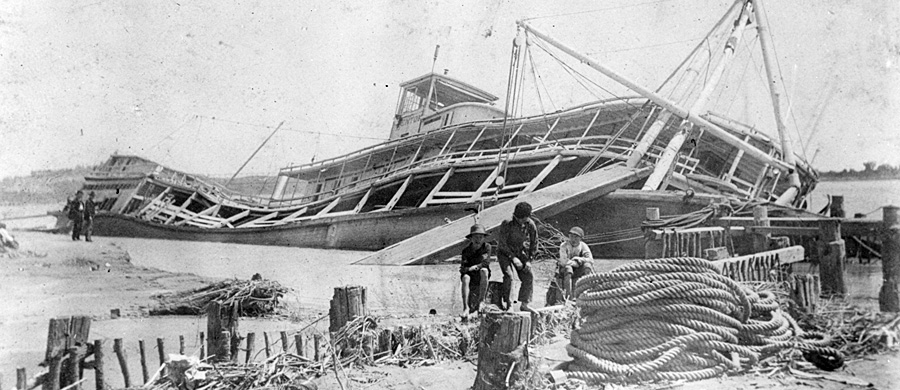
1844 Flooding & Shippers Encourage River Control Projects
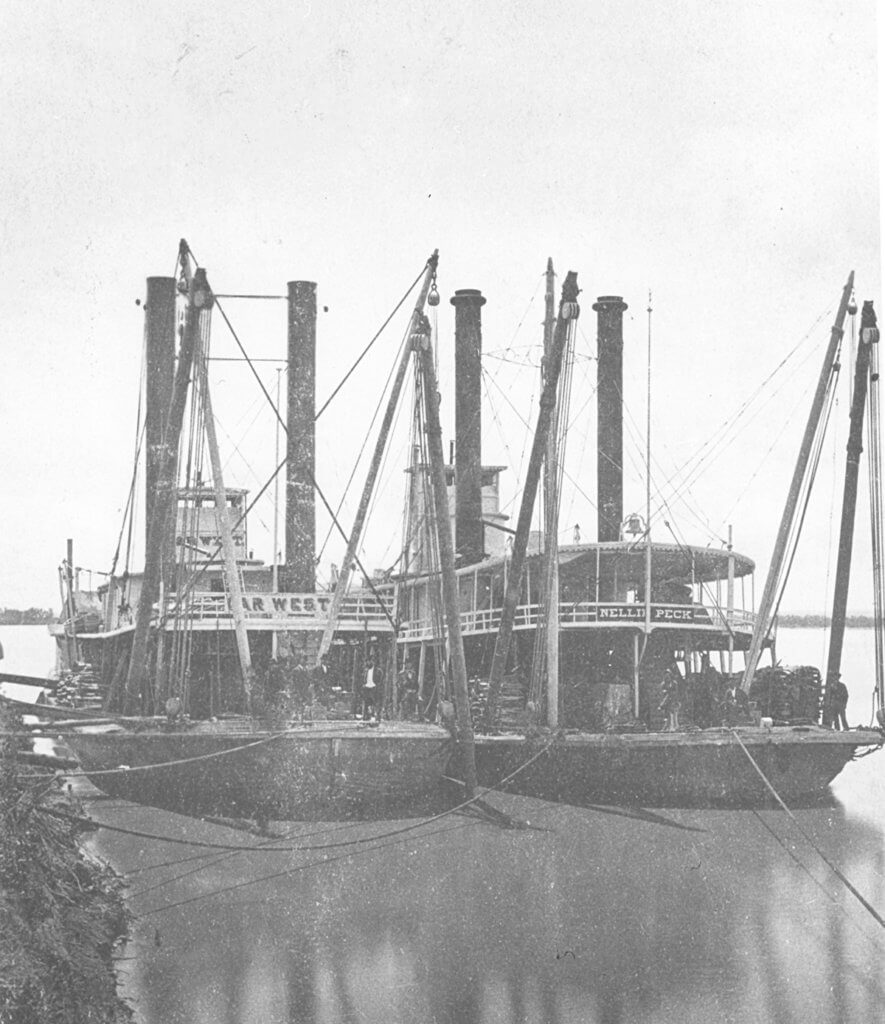
1881 More Flooding
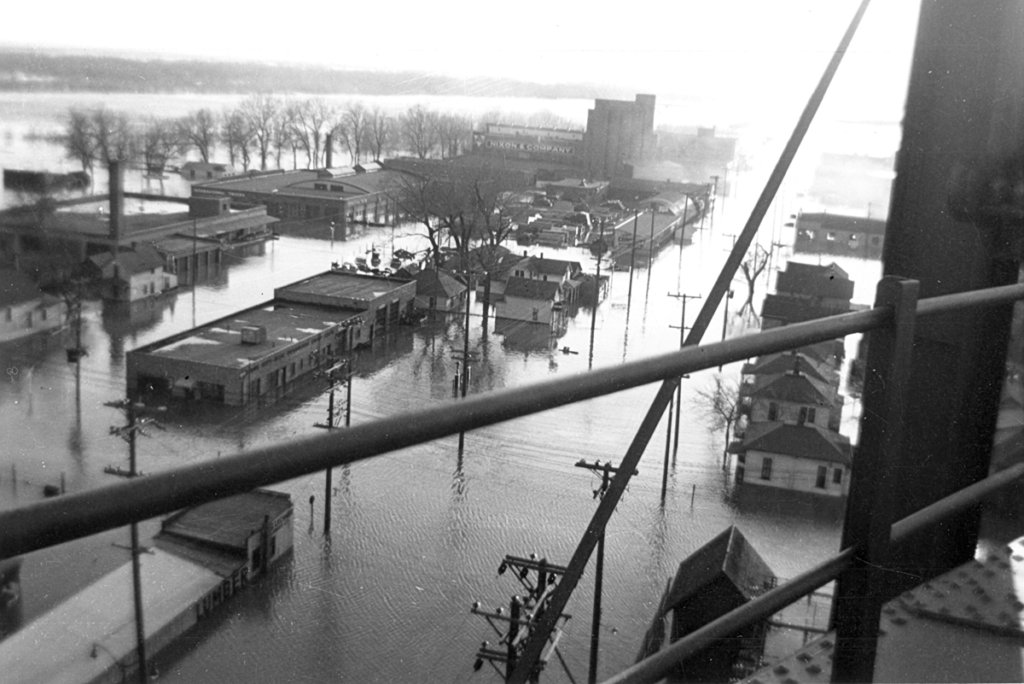
1922 South Dakota Rejects Dams
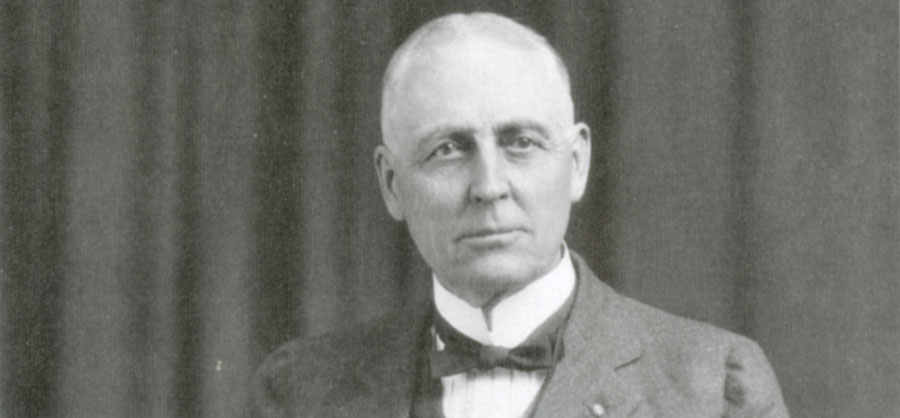
1933 The Dust Bowl
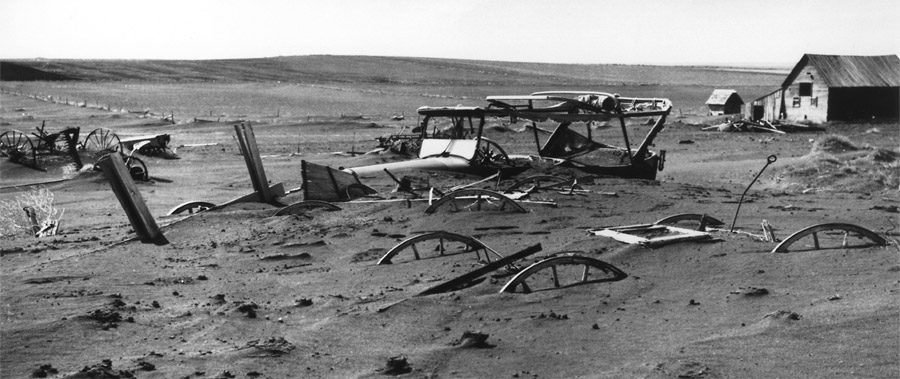
1943 Floods Energize River Control Promoters

1944 Big, Bold River Plan
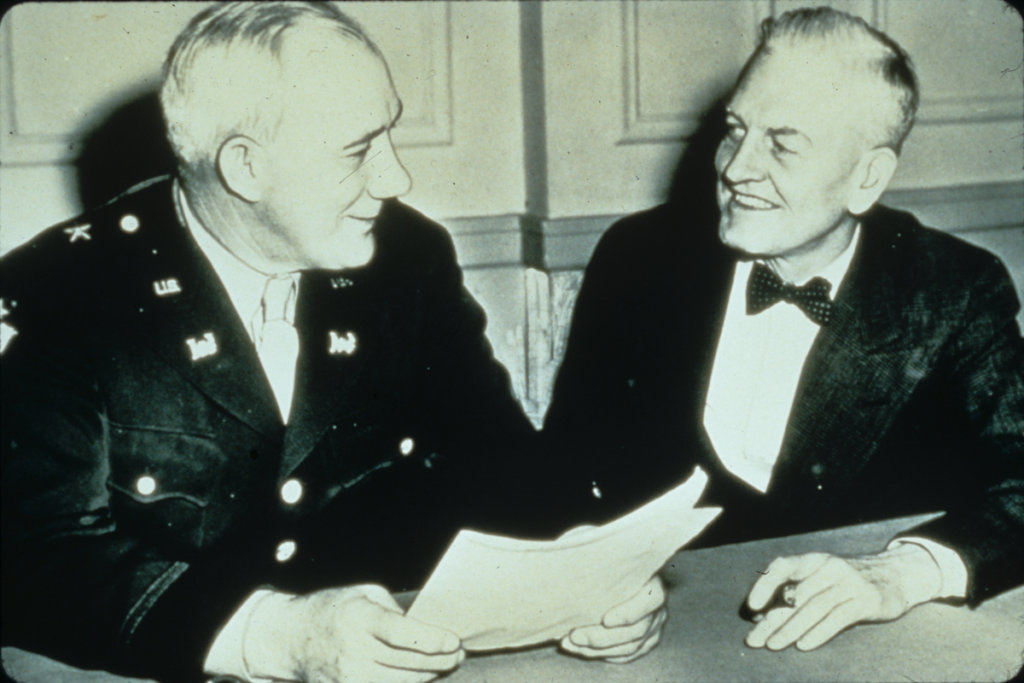
1948 Oahe Dam Advances

1952 More Flooding
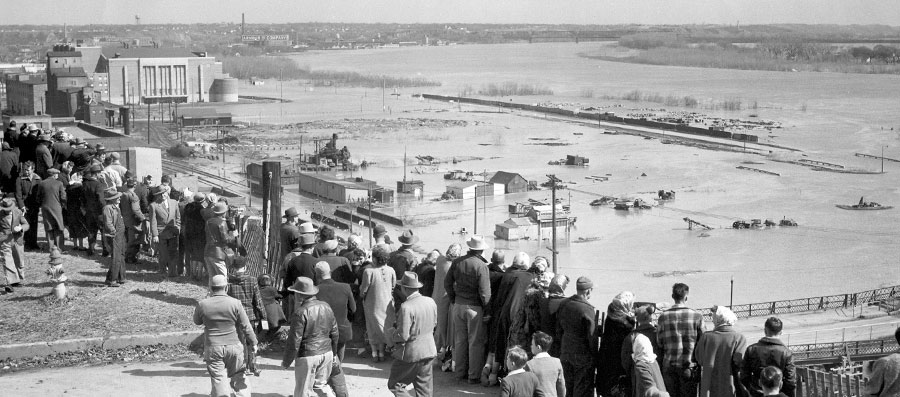
1959 Support for Oahe Irrigation
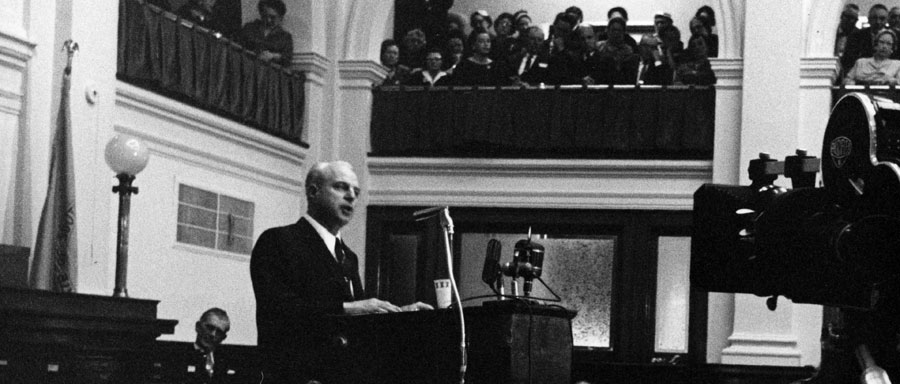
1960 Voters Support Irrigation
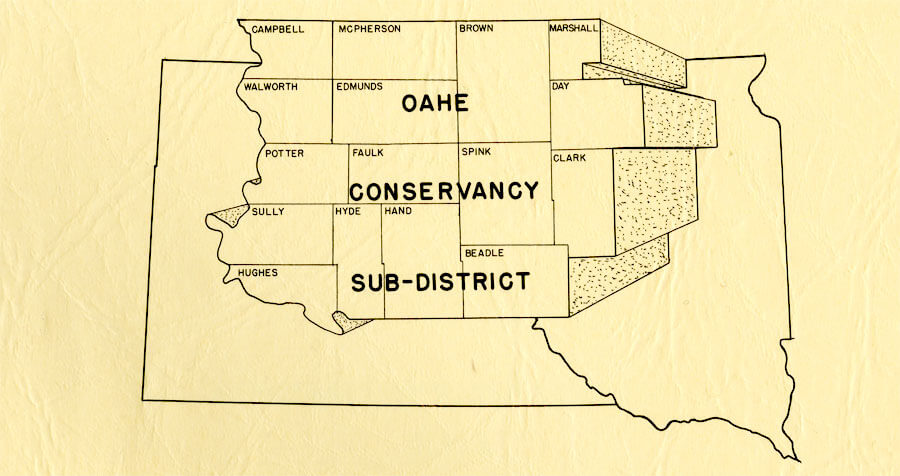
1961 A Farmer Goes to Washington
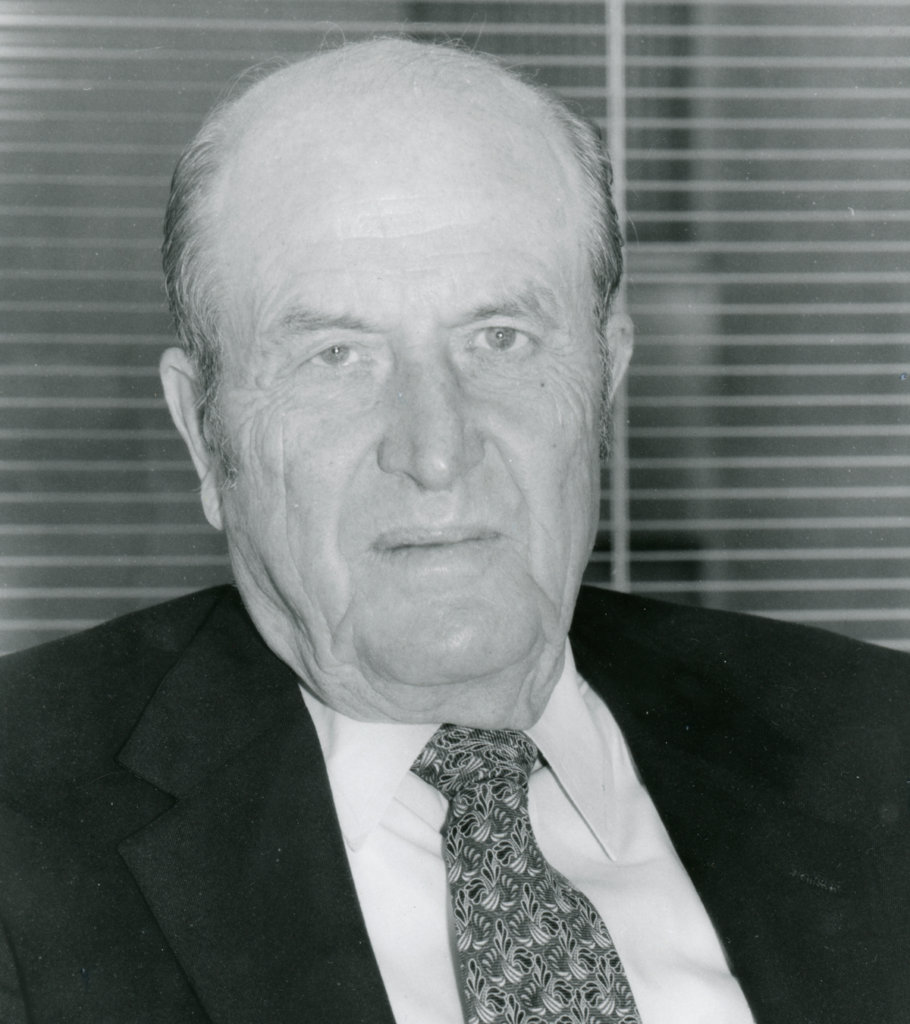
1962 Oahe Dam Dedication
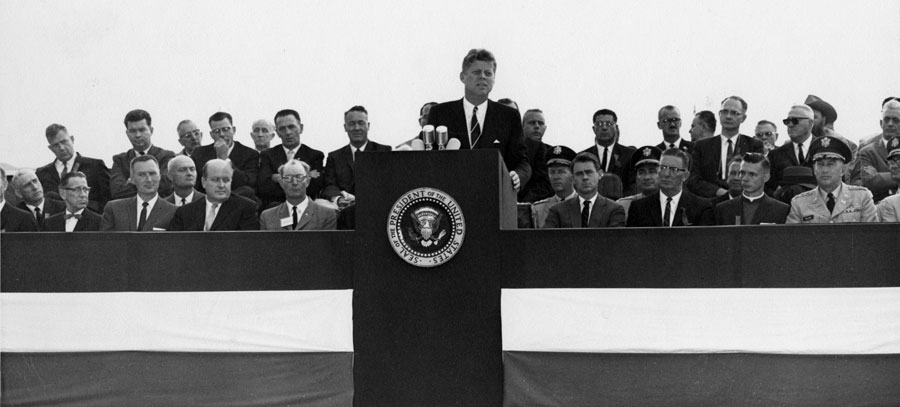
1965 Irrigation Districts Created
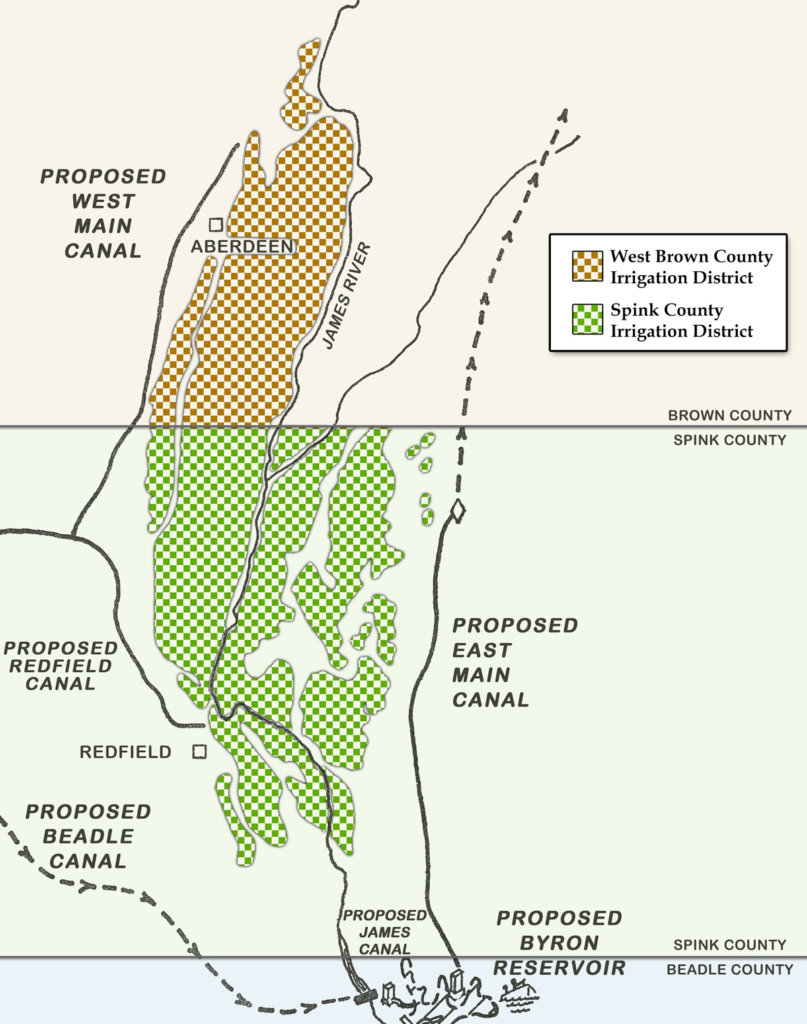
1968 Oahe is Re-authorized
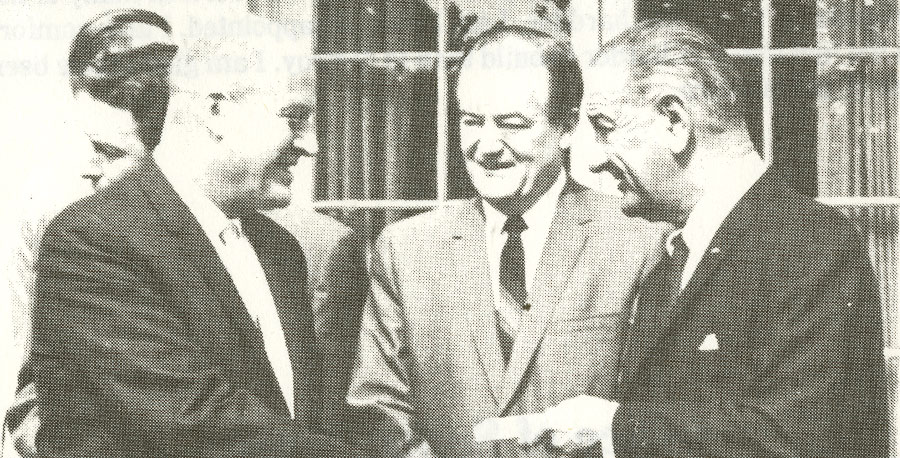
1969 Oahe’s Master Contract
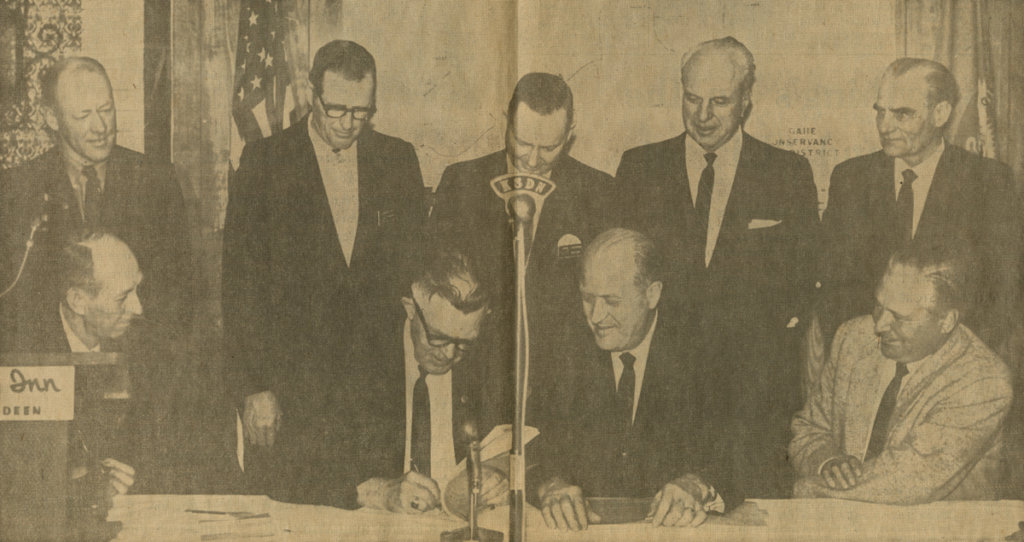
1970 “Era of Environmentalism” Begins

1972 Environmental Impact Statement
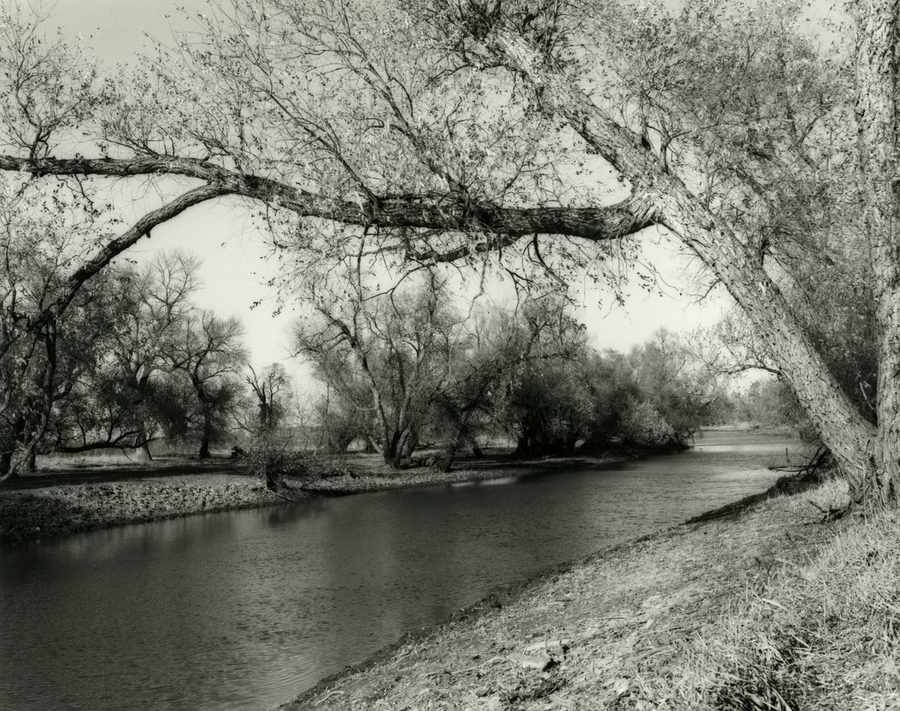
1973 United Family Farmers Organized
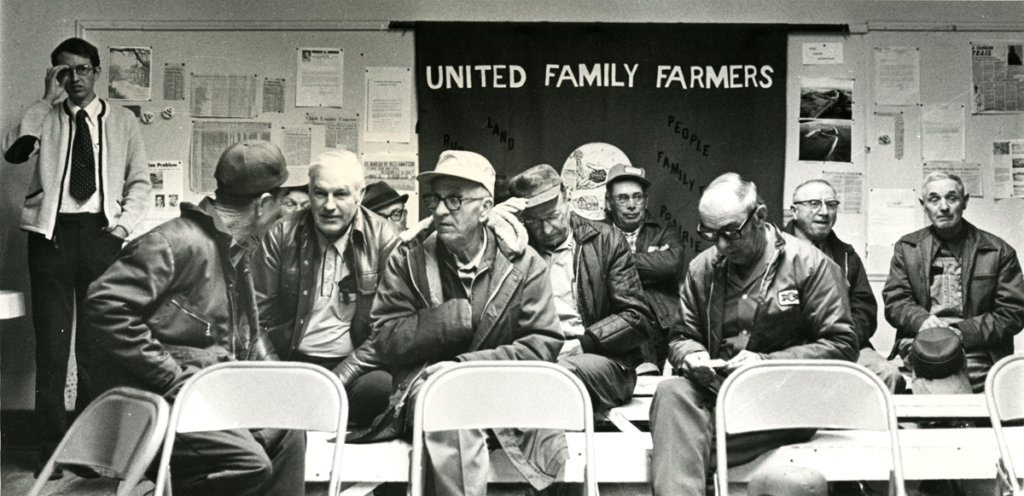
1974 UFF becomes a political force
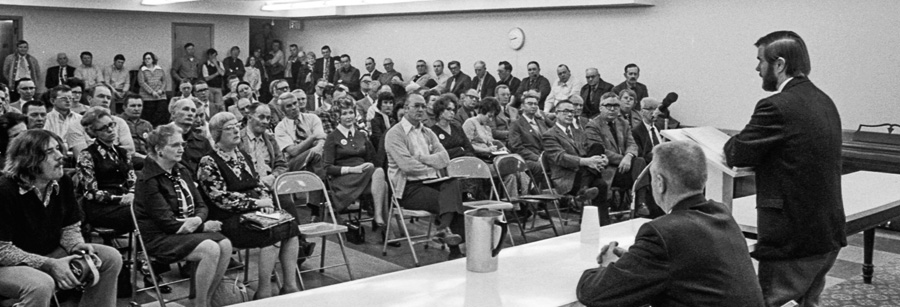
1975 Supporters Fight Back
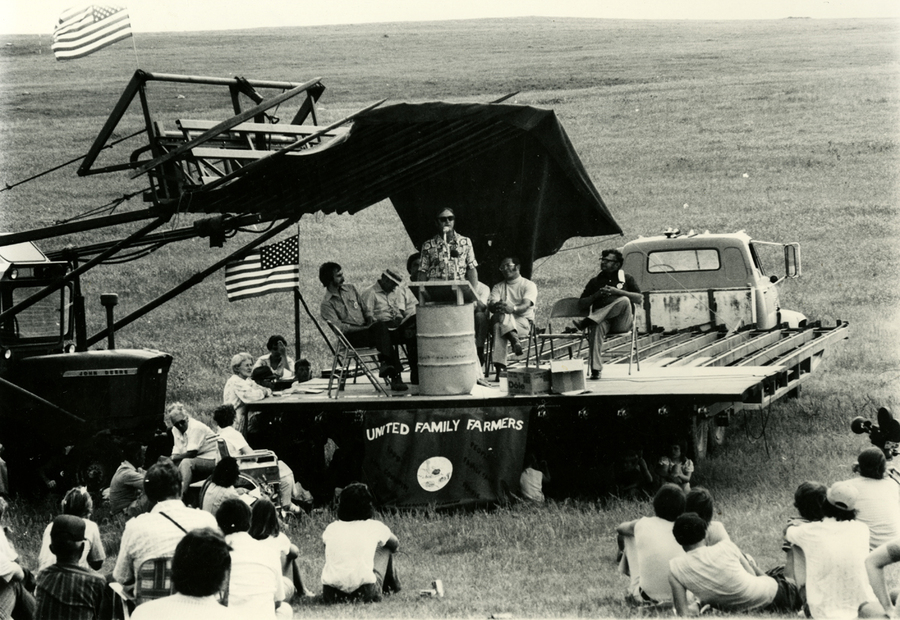
1976 United Family Farmers Control Sub-district
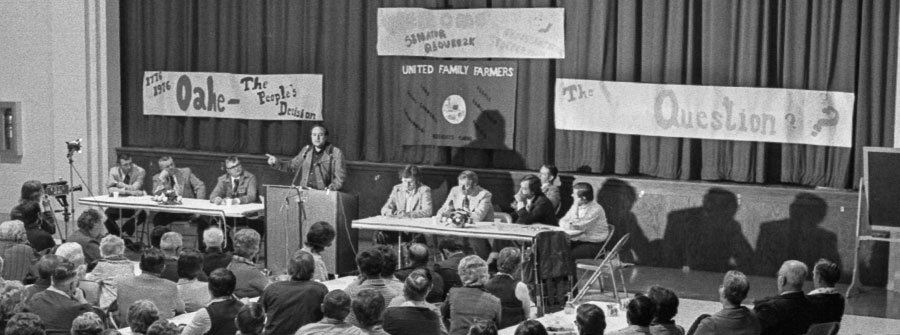
1977 President Carter Seeks Oahe Review
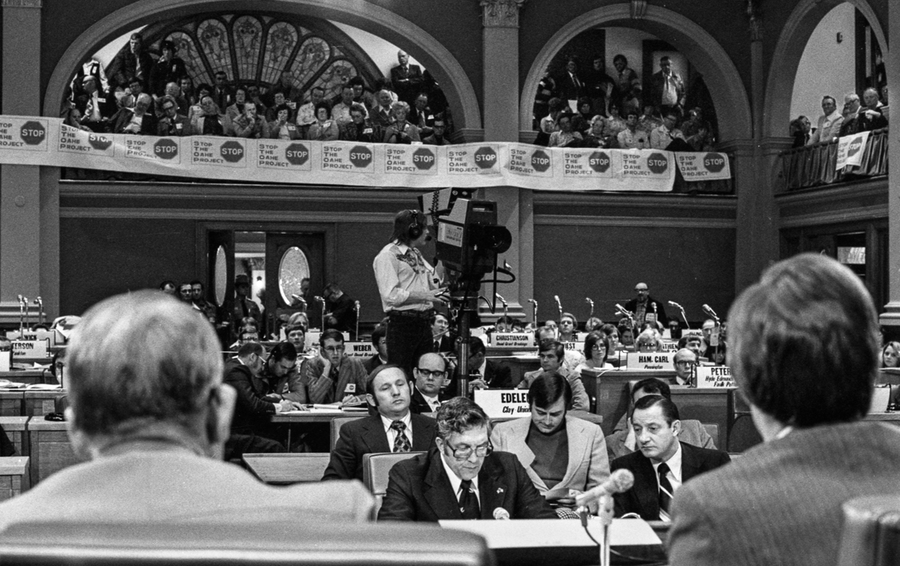
1978 Sub-district Endorses De-authorization
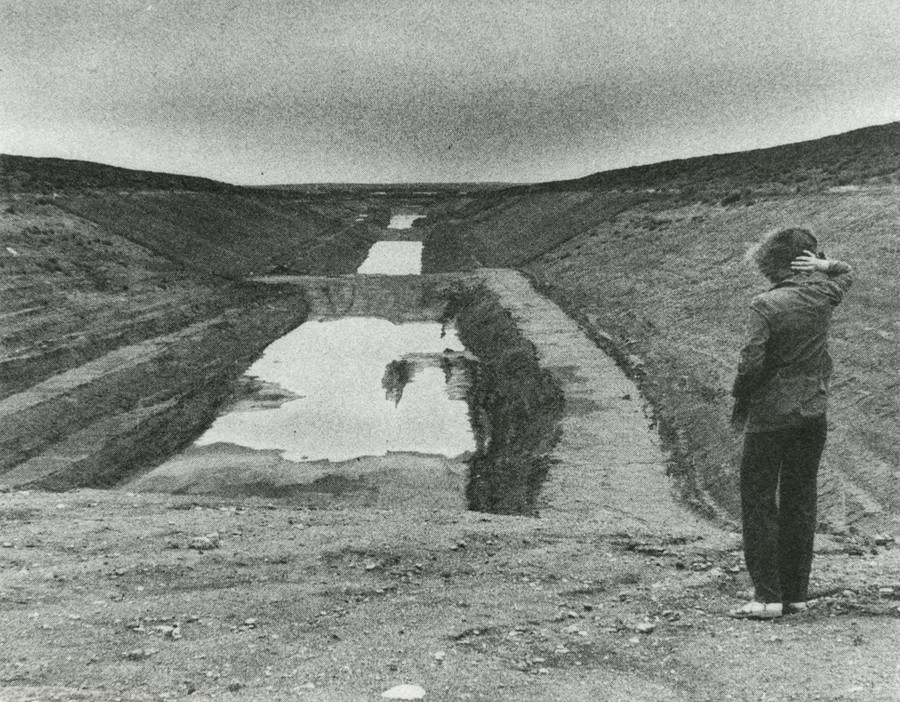
1979 Governor Janklow Favors Irrigation

1980 Wins for Oahe Supporters
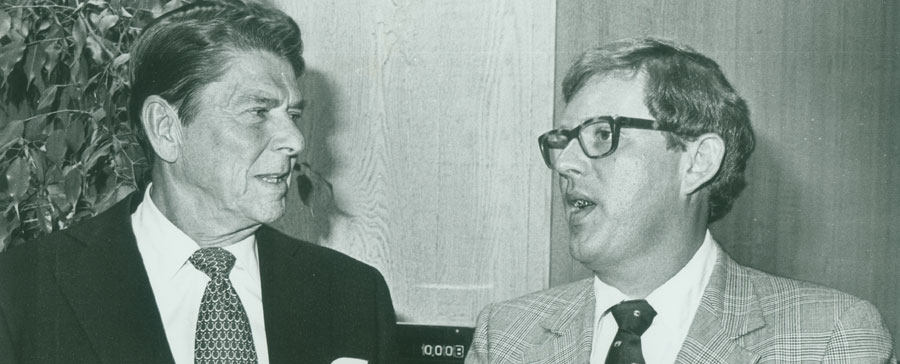
1981-1982 The Politics of Water Development
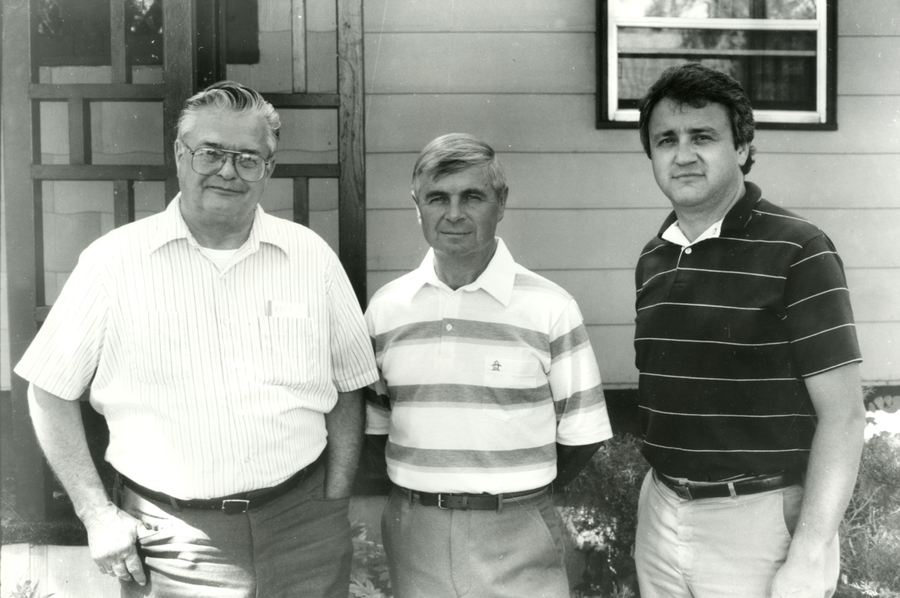
1983-1985 Last gasp for “Big Irrigation”
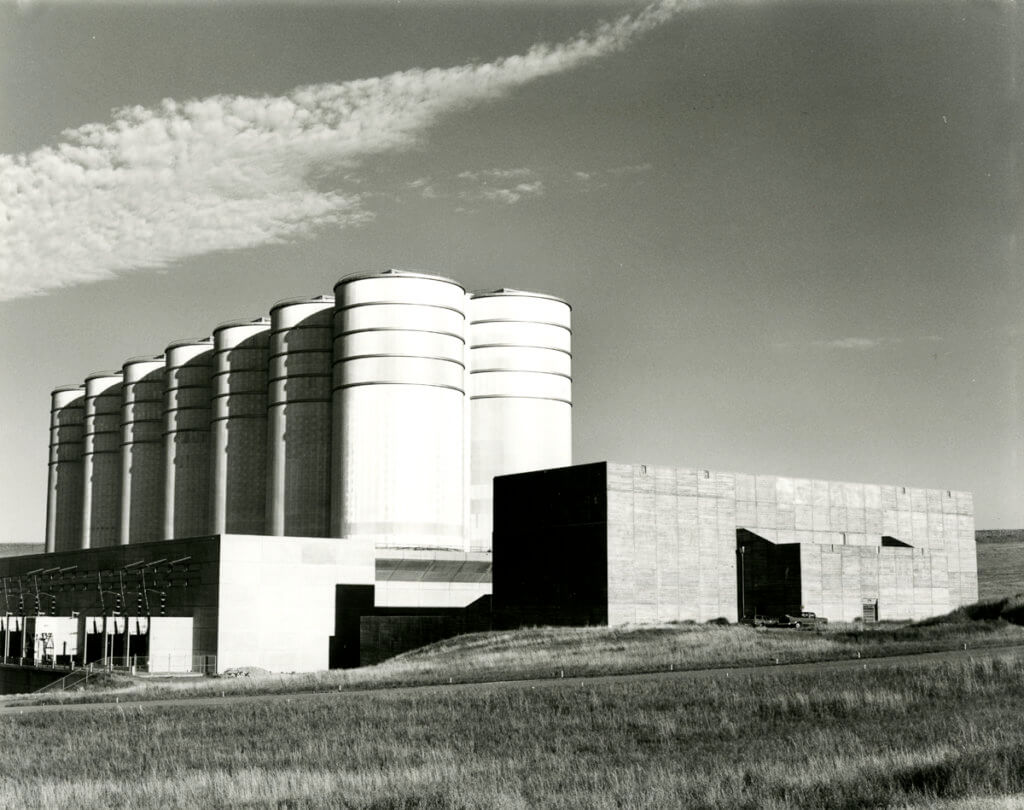
Epilogue
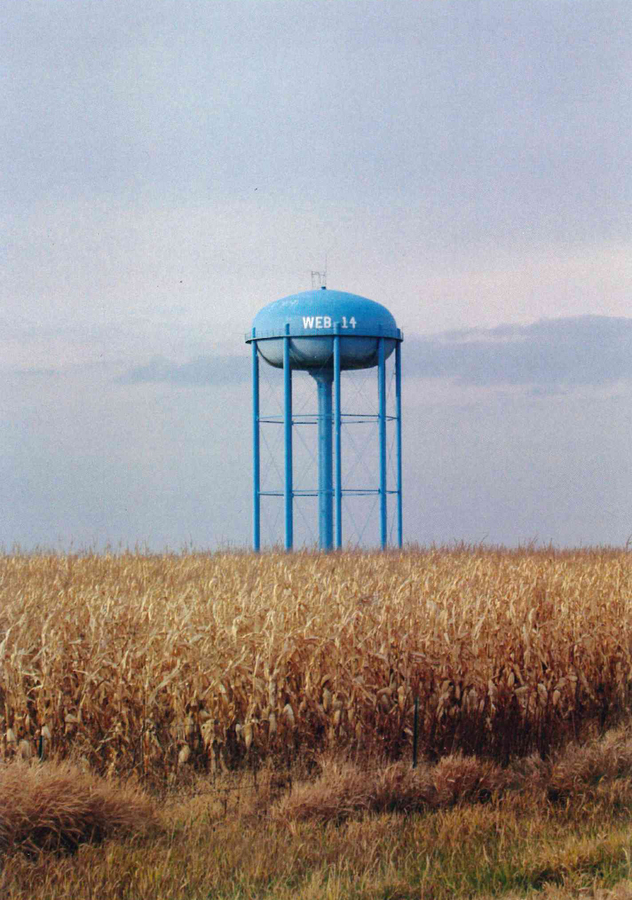
Interviews
About the Author
Peter Carrels, a native of Aberdeen, SD, has written books, articles, and book chapters about nature, environmental issues, and environmental history during the past 30 years. His book, Uphill Against Water, published in 1999 by the University of Nebraska Press, provides much of the information used in this online exhibit. Uphill Against Water was described by one reviewer as one of the three most important books ever written describing politics and environmental issues in the West.
Carrels is a graduate of the University of St. Thomas, St. Paul, MN. He has served as a correspondent for High Country News, an award-winning publication specializing in natural resource topics, and has worked as a communications/media specialist and grassroots political organizer for several national environmental organizations. He has also written and created two traveling exhibits about rivers. This is the first online exhibit he has organized and written. He currently works as a writer for the University of South Dakota, serving as Communications Coordinator for that university’s School of Health Sciences and School of Medicine.
